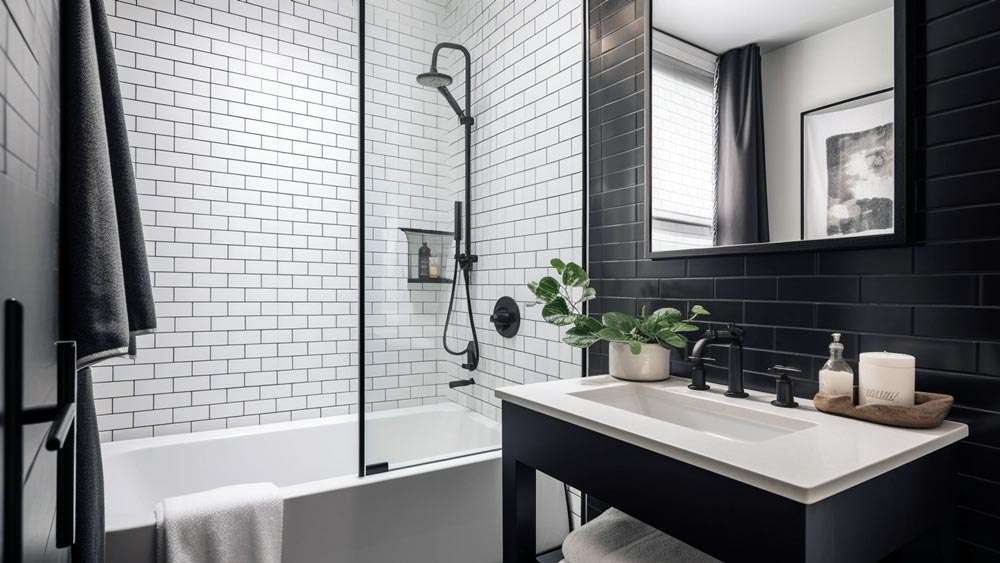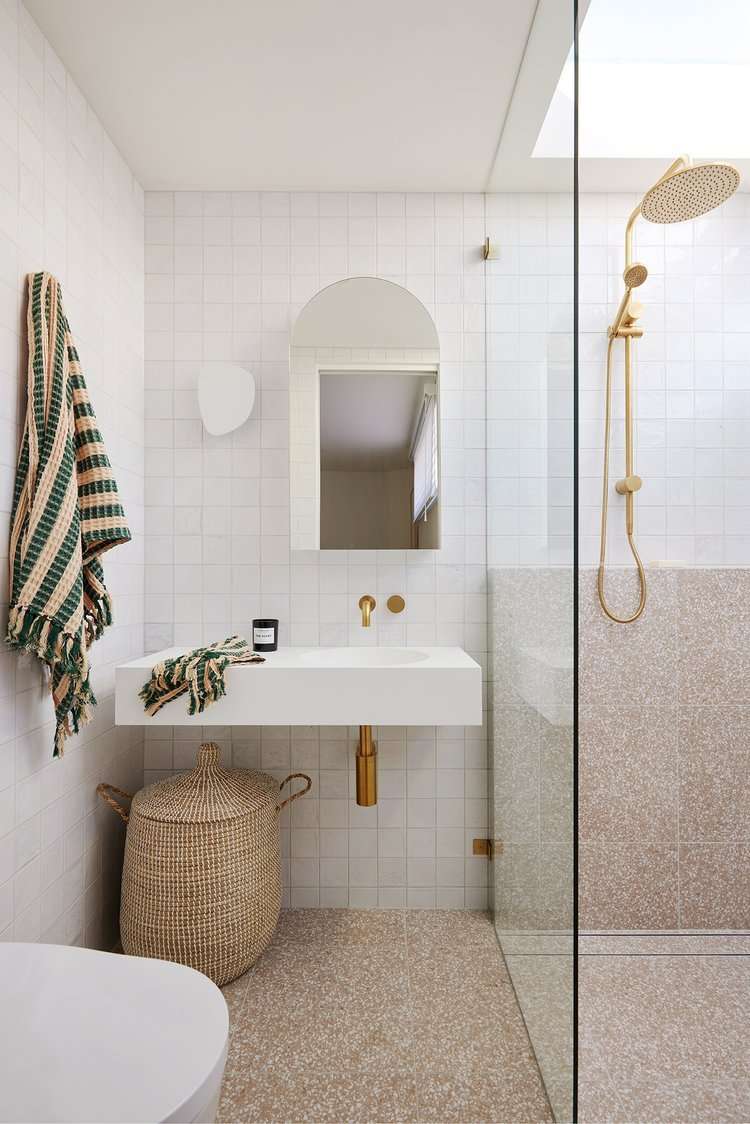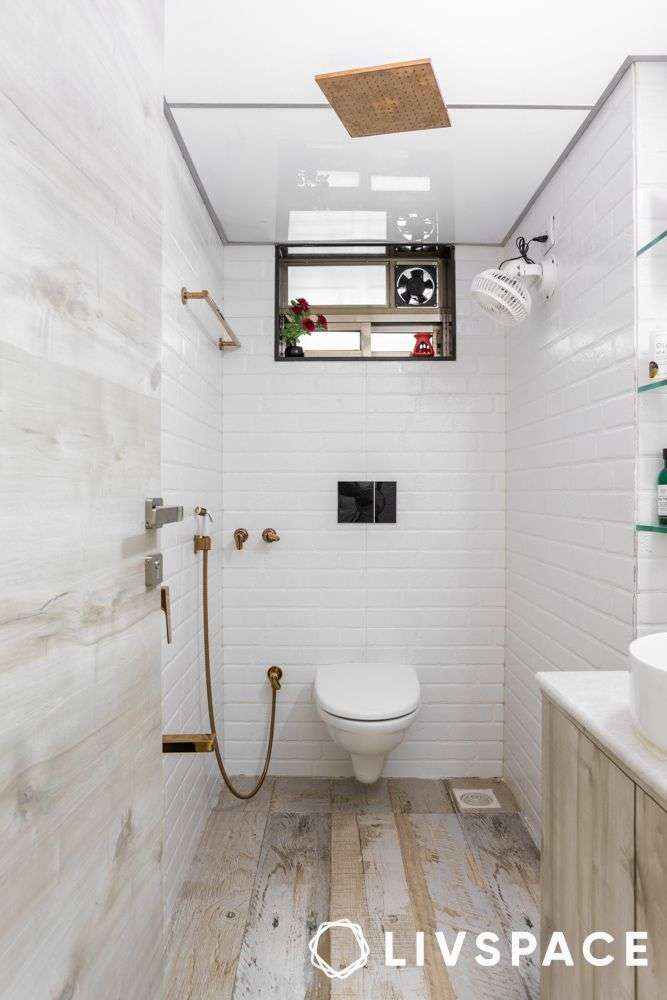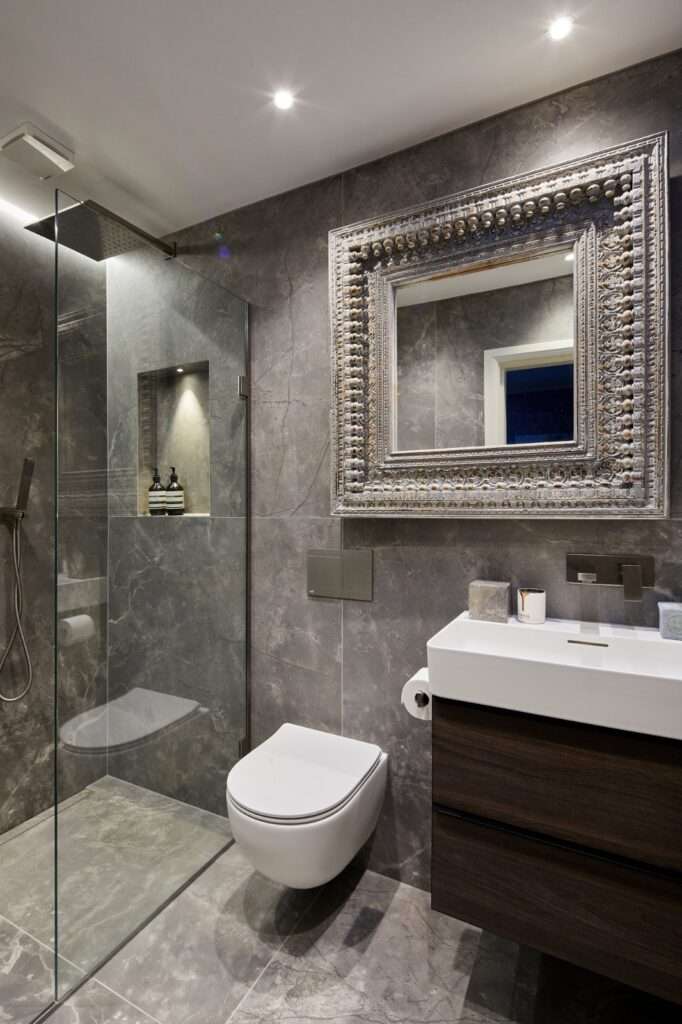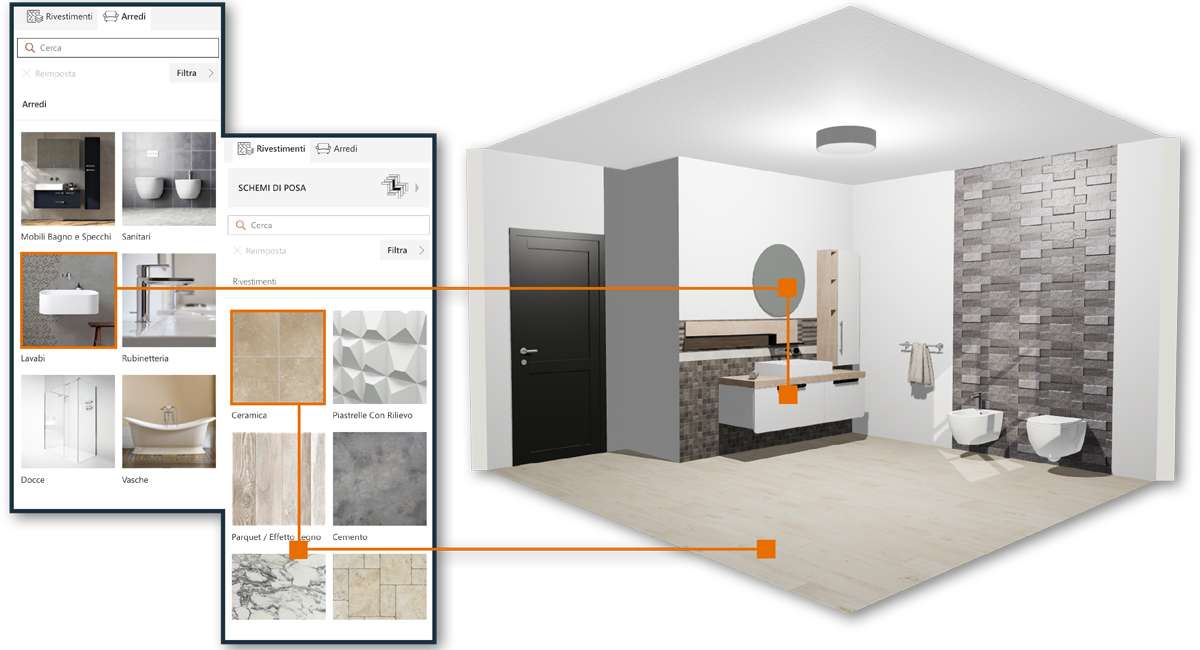An interior designer bathroom portfolio is more than just a collection of pretty pictures; it’s a testament to their ability to transform a utilitarian space into a sanctuary of style and relaxation․ A truly exceptional interior designer bathroom portfolio demonstrates a deep understanding of spatial planning, material selection, and the delicate balance between aesthetics and practicality․ It should showcase a range of projects, highlighting the designer’s versatility and their capacity to tailor designs to individual client needs and preferences․ Ultimately, a compelling portfolio tells a story of creative problem-solving and a commitment to crafting bathrooms that are both beautiful and functional․
Elements of a Standout Bathroom Portfolio
What makes a bathroom portfolio truly shine? It’s not simply about showcasing the most luxurious materials or the most extravagant fixtures․ Instead, it’s about demonstrating a keen eye for detail and a thoughtful approach to design․
- Variety: Include projects that showcase a range of styles, from minimalist and modern to classic and traditional․ This demonstrates your versatility and ability to adapt to different client preferences․
- Before & After Photos: These are incredibly powerful․ They visually illustrate the transformation you’ve achieved and highlight your skills in spatial planning and problem-solving․
- Detailed Descriptions: Don’t just show the finished product․ Explain your design choices, the challenges you faced, and the solutions you implemented․
- Focus on Functionality: Bathrooms are, first and foremost, functional spaces․ Showcase how your designs improve usability and enhance the overall bathing experience․
- High-Quality Photography: Invest in professional photography to capture your projects in the best possible light․ This is crucial for making a strong first impression․
Showcasing Your Unique Design Style
Your portfolio should be a reflection of your personal design style․ While it’s important to demonstrate versatility, it’s also essential to showcase your unique perspective and what sets you apart from other designers․
Highlighting Specific Design Skills
Consider organizing your portfolio to showcase specific design skills․ For example, you could have sections dedicated to:
- Small Bathroom Design: Showcase your ability to maximize space and create functional and stylish bathrooms in limited areas․
- Luxury Bathroom Design: Highlight your expertise in selecting high-end materials and creating opulent and indulgent bathroom spaces․
- Accessible Bathroom Design: Demonstrate your understanding of universal design principles and your ability to create bathrooms that are safe and comfortable for people of all abilities․
Comparative Analysis of Portfolio Platforms
Choosing the right platform to showcase your interior designer bathroom portfolio is crucial․ Here’s a brief comparison of some popular options:
| Platform | Pros | Cons |
|---|---|---|
| Website (Personal or Agency) | Complete control over design and content, SEO benefits․ | Requires technical knowledge or hiring a developer, ongoing maintenance․ |
| Behance | Large creative community, easy to use, free․ | Less control over branding, limited customization options․ |
| Highly visual, large audience, easy to share updates․ | Limited space for detailed descriptions, relies heavily on visuals․ | |
| Houzz | Targeted audience interested in home design, project showcasing features․ | Can be competitive, requires paid membership for enhanced features․ |
․
`Beyond the technical aspects, remember that your portfolio is a marketing tool․ Think about your target audience and tailor your presentation accordingly․ Are you aiming to attract high-end residential clients, or are you more focused on commercial bathroom renovations? Your portfolio should speak directly to their needs and aspirations․ Furthermore, actively seek feedback on your portfolio from peers, mentors, and even potential clients․ Constructive criticism can help you identify areas for improvement and refine your presentation to maximize its impact․
MAXIMIZING THE IMPACT OF YOUR ONLINE PORTFOLIO
In today’s digital age, your online portfolio is often the first impression you make on potential clients․ Therefore, it’s essential to optimize it for both search engines and user experience․
SEO STRATEGIES FOR YOUR PORTFOLIO
Implementing effective SEO (Search Engine Optimization) strategies can significantly increase the visibility of your online portfolio․ Consider the following tips:
– Keyword Research: Identify relevant keywords that potential clients are likely to use when searching for bathroom designers․ Incorporate these keywords naturally into your website content, including page titles, descriptions, and image alt tags․
– Mobile Optimization: Ensure that your website is responsive and looks great on all devices, including smartphones and tablets․ Mobile-friendliness is a crucial ranking factor for search engines․
– Page Speed: Optimize your website’s loading speed by compressing images, minimizing code, and using a content delivery network (CDN)․ A fast-loading website provides a better user experience and can improve your search engine ranking․
– Link Building: Build high-quality backlinks from reputable websites in the design and construction industry․ Backlinks are a signal to search engines that your website is trustworthy and authoritative․
ENHANCING USER EXPERIENCE
A user-friendly portfolio will keep visitors engaged and encourage them to explore your work in detail․ Here are some tips for enhancing the user experience:
– Clear Navigation: Make it easy for visitors to navigate your portfolio and find the information they’re looking for․ Use a clear and intuitive menu structure․
– High-Quality Images: Use professional-quality images that showcase your work in the best possible light․ Ensure that images are properly optimized for web use to minimize loading times․
– Concise Descriptions: Provide concise and informative descriptions of each project, highlighting the key design elements and challenges․
– Call to Action: Include a clear call to action on each page, encouraging visitors to contact you for a consultation or request a quote․
MAINTAINING AND UPDATING YOUR PORTFOLIO
Your portfolio is not a static document; it’s a living, breathing representation of your skills and experience․ It’s important to regularly update it with your latest projects and accomplishments․ Aim to add new projects to your portfolio at least once a quarter, or as soon as you complete a significant project․ This demonstrates that you are actively working and staying current with the latest design trends․ Also, don’t be afraid to remove older projects that no longer reflect your current skills or design style․ Keeping your portfolio fresh and relevant will help you attract the right clients and showcase your ongoing evolution as a designer․`

